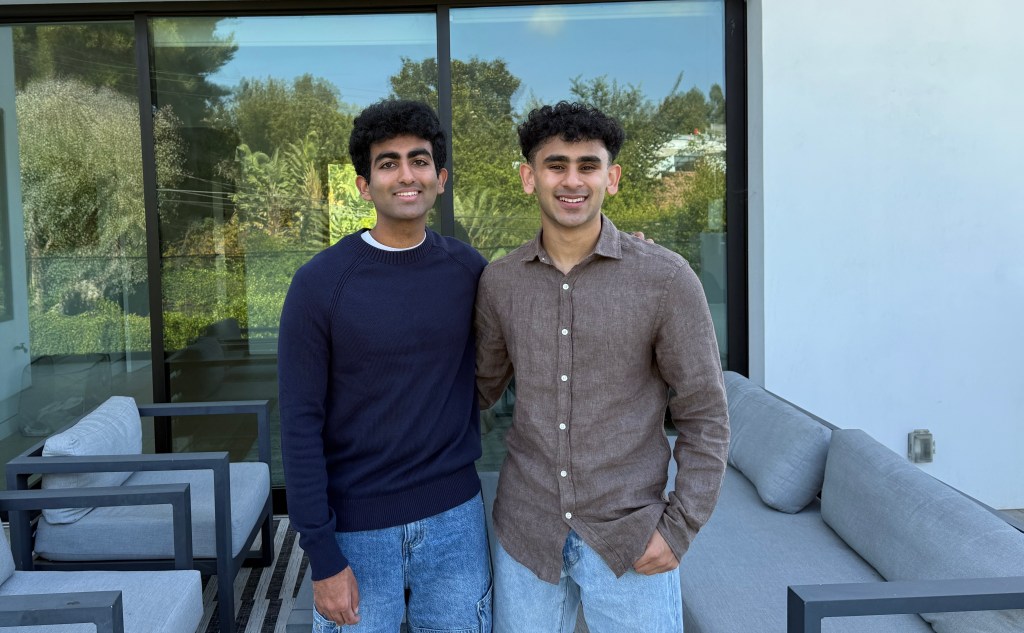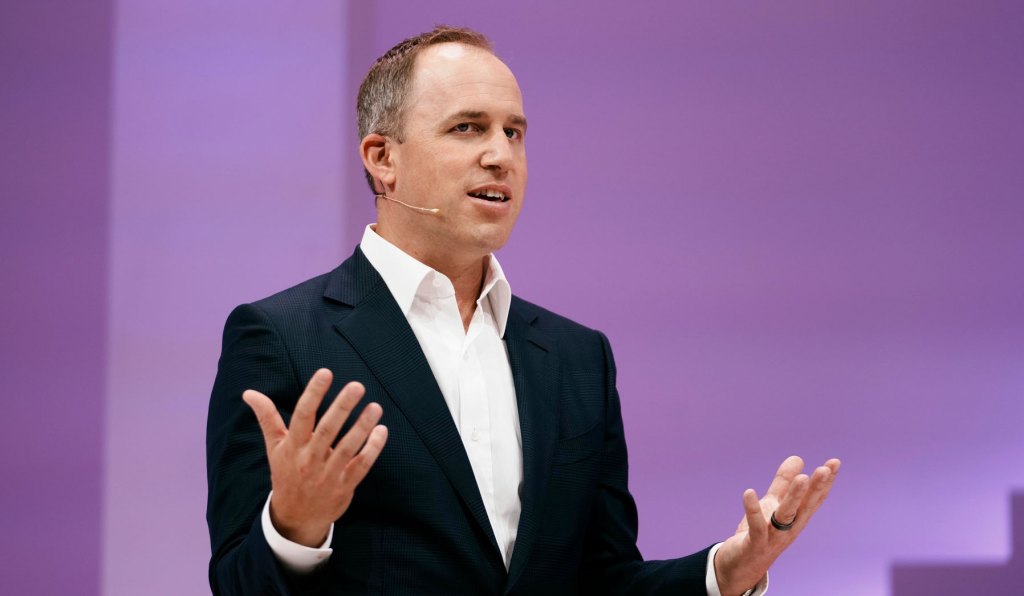In early 2024, two 20-year-old college dropouts, Rudy Arora and Sarthak Dhawan, launched Turbo AI, an AI-driven note-taking and study tool. Within a year and a half, the platform has amassed over five million users, achieved eight-figure annual recurring revenue, and continues to attract 20,000 new users daily.
Genesis of Turbo AI
The inception of Turbo AI was rooted in a common academic challenge: balancing attentive listening during lectures with effective note-taking. Dhawan, who struggled with this balance, envisioned leveraging artificial intelligence to alleviate the issue. This vision led to the creation of Turbolearn, a side project designed to record lectures and automatically generate notes, flashcards, and quizzes. Initially shared among friends, the tool rapidly gained traction across universities such as Duke, Northwestern, Harvard, and MIT.
Evolution and Features
Turbo AI enhances traditional note-taking by not only recording, transcribing, and summarizing lectures but also by creating interactive study materials like quizzes and flashcards. A built-in chat assistant further aids users by clarifying key terms and concepts. Recognizing the limitations of live recordings in noisy environments, the founders introduced features allowing users to upload PDFs, lecture slides, YouTube videos, and other reading materials. This adaptability has broadened the platform’s appeal beyond live lecture recordings.
User Engagement and Impact
The platform’s effectiveness is evident in its user engagement. Dhawan notes, Students will upload a 30-page lecture and spend two hours going through 75 quiz questions in a row. You don’t do that unless it’s really working. This dedication underscores the tool’s value in enhancing study efficiency and information retention.
Expansion Beyond Academia
While initially targeting students, Turbo AI’s utility has attracted professionals across various sectors, including consultants, lawyers, doctors, and analysts at firms like Goldman Sachs and McKinsey. These users employ the platform to summarize reports or convert them into audio formats for convenient consumption during commutes.
Founders’ Background and Business Strategy
Arora and Dhawan’s entrepreneurial journey began in middle school, collaborating on multiple projects over the years. Dhawan previously developed UMax, an advice app that topped the App Store charts with 20 million users and generated $6 million in annual revenue. Arora specializes in social media strategies that drive rapid user growth. Despite their prior successes, the duo chose to leave college to focus on building a sustainable business with Turbo AI.
Unlike many fast-growing AI startups, Turbo AI has been cautious with external funding, raising only $750,000 in its early stages. Arora explains, We raised that before we had a lot of traction. Since then, we’ve had a lot of inbound interest, but we’re taking our time because we’re cash-flow positive and have been profitable our entire time as a company. The 15-person team, based in Los Angeles, remains closely connected to student and creator communities at institutions like UCLA.
Pricing and Market Position
Currently, students pay approximately $20 per month for Turbo AI. However, the founders are exploring alternative pricing models to accommodate the financial sensitivities of their primary user base while scaling the app to a broader audience. Arora mentions, Right now, we’re experimenting with other pricing and running a lot of A/B tests to see what works.
Turbo AI positions itself between fully manual tools like Google Docs and fully automated note-takers such as Otter or Fireflies. Users have the flexibility to let the AI take notes or collaborate alongside it, a feature that distinguishes Turbo AI from competitors like Y Combinator–backed YouLearn. Dhawan highlights, What’s cool now is that when students think of an AI notetaker or AI study tool, we’re the first ones that come to mind.



